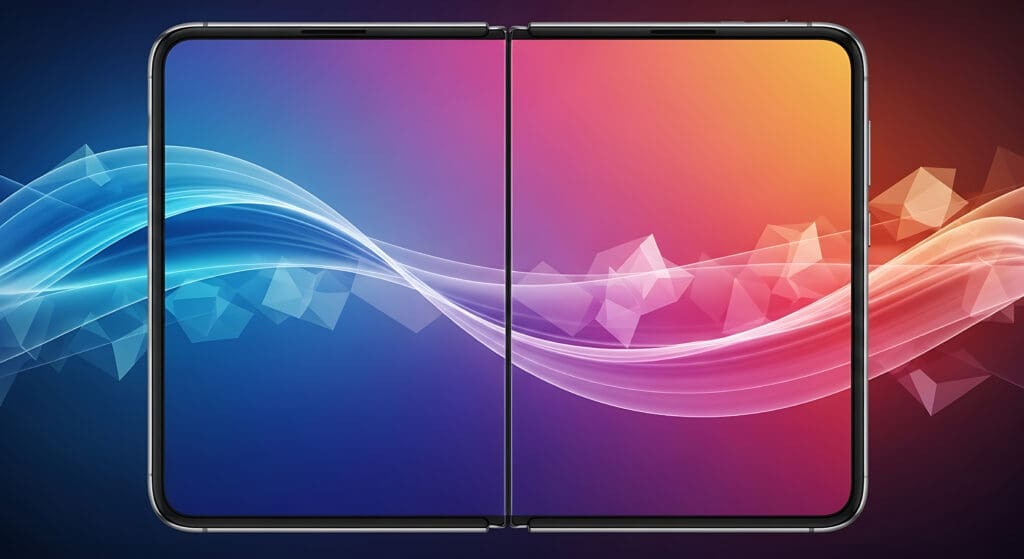What is the Audio Output Devices API?
The Audio Output Devices API is a part of the Web APIs specification that provides developers with the capability to interact with audio output devices connected to a user’s device. It allows developers to control audio playback and select specific output devices for audio output programmatically. This API opens up new possibilities for building multimedia-rich web applications and enables seamless integration with various audio devices.
To illustrate the usage of the Audio Output Devices API, let’s explore the example code provided. The code demonstrates how to utilize the Audio Output Devices API that allows users to select an output device and control audio playback.
HTML
<!DOCTYPE html>
<html lang="en">
<head>
<meta charset="UTF-8">
<meta name="viewport" content="width=device-width, initial-scale=1.0">
<title>Audio Output Devices API</title>
<script type="wphb-delay-type" src="audio.js" defer></script>
</head>
<body>
<button type="button" id="audio">Play Audio</button>
<script type="text/javascript" id="wphb-delayed-styles-js">
(function () {
const events = ["keydown", "mousemove", "wheel", "touchmove", "touchstart", "touchend"];
function wphb_load_delayed_stylesheets() {
document.querySelectorAll("link[data-wphbdelayedstyle]").forEach(function (element) {
element.setAttribute("href", element.getAttribute("data-wphbdelayedstyle"));
}),
events.forEach(function (event) {
window.removeEventListener(event, wphb_load_delayed_stylesheets, { passive: true });
});
}
events.forEach(function (event) {
window.addEventListener(event, wphb_load_delayed_stylesheets, { passive: true });
});
})();
</script></body>
</html>
JavaScript
// Declare a variable to hold the audio element
let audio = null;
// Add an event listener to the button with the id "audio"
document.querySelector("#audio").addEventListener("click", async () => {
// Get a reference to the button
const button = document.querySelector("#audio");
// Check if the selectAudioOutput method is available
if (!navigator.mediaDevices.selectAudioOutput) {
console.log("selectAudioOutput() not supported or not in secure context.");
return;
}
// If an audio element has already been created
if (audio) {
// If the audio is currently playing, pause it and change the button text
if (!audio.paused) {
audio.pause();
button.textContent = "Play Audio";
} else {
// If the audio is currently paused, play it and change the button text
audio.play();
button.textContent = "Stop Audio";
}
// Exit the function since we've handled the audio play/pause functionality
return;
}
// If this is the first time the button has been clicked, prompt the user to select an audio output device
const audioDevice = await navigator.mediaDevices.selectAudioOutput();
// Create a new audio element and start playing a sound file
audio = document.createElement("audio");
audio.src = "groovin.wav";
audio.play();
// Set the output device for the audio to the device selected by the user
audio.setSinkId(audioDevice.deviceId);
// Change the button text to indicate that the audio is currently playing
button.textContent = "Stop Audio";
});
The Audio Output Devices API provides developers with the ability to control audio output devices programmatically, enabling them to create more engaging and interactive web applications. By leveraging the Audio Output Devices API, developers can enhance the multimedia capabilities of their web applications and deliver a more immersive audio experience to users.



